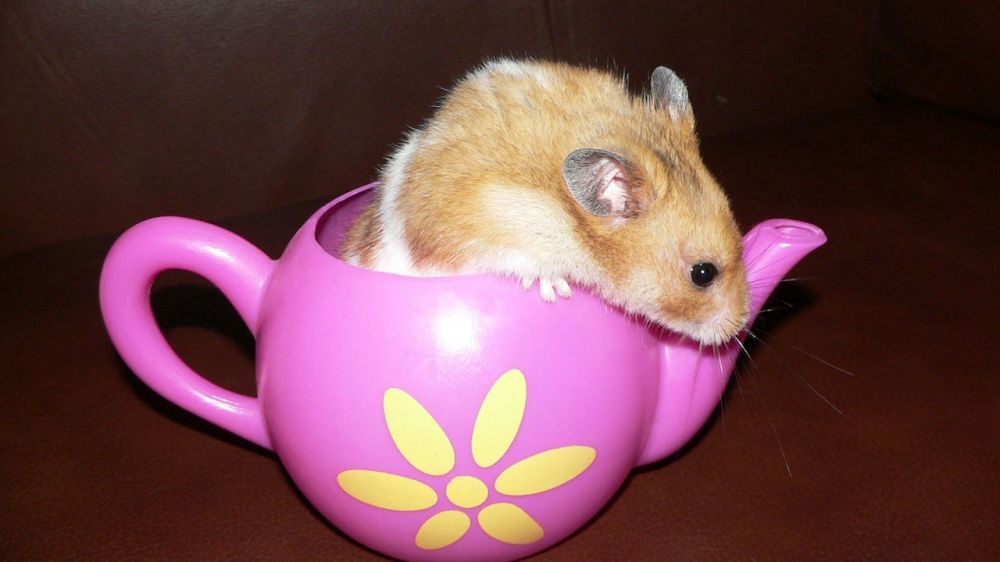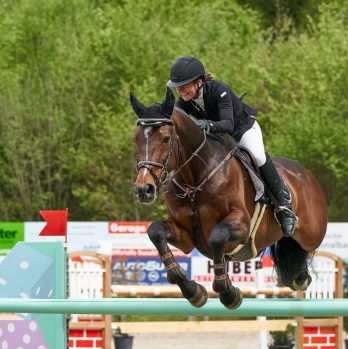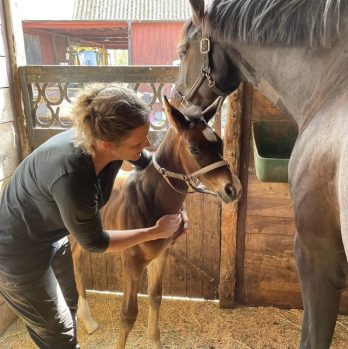Hamster Mature: A Comprehensive Guide to Understanding and Appreciating These Furry Friends

Introduction
Hamsters have long been popular as pets, known for their adorable looks and playful nature. Among the various types of hamsters, one particular variant stands out – the Hamster Mature. In this article, we will provide a detailed overview of Hamster Mature, exploring its characteristics, popular breeds, quantitative measurements, differences between various types, as well as a historical analysis of the advantages and disadvantages associated with owning different types of Hamster Mature.
1. An In-Depth Overview of Hamster Mature

Hamster Mature, also known as Mature Hamster or European Hamster, is a domesticated rodent belonging to the Cricetidae family. It is native to Europe and parts of Western Asia. With a life span of approximately 2-3 years, Hamster Mature is known for its distinctive physical features, including a robust body, short tail, and large cheek pouches. These pouches allow them to store food for later consumption.
2. A Comprehensive Presentation of Hamster Mature
2.1 Types of Hamster Mature
Hamster Mature is available in various breeds, each with its own unique characteristics. Some popular types include the Common Hamster (Cricetus cricetus), the Campbell’s Dwarf Hamster (Phodopus campbelli), and the Winter White Hamster (Phodopus sungorus). Each breed differs in size, fur color, temperament, and care requirements.
2.2 Popularity and Demand
Among the different breeds, the Syrian Hamster, also known as the Golden Hamster, is the most popular and widely kept as a pet due to its docile and friendly nature. However, other breeds like the Roborovski Hamster are gaining popularity as well, owing to their small size and active behavior. The demand for Hamster Mature as pets has been steadily increasing, with more people recognizing the joy and companionship they can bring to a household.
3. Quantitative Measurements of Hamster Mature
To better understand Hamster Mature, it is important to consider quantitative measurements related to their size, weight, and reproductive patterns.
3.1 Size and Weight
The average size of Hamster Mature ranges from 5 to 7 inches in length, with the males being slightly larger than the females. As for weight, Hamster Mature typically ranges between 100-200 grams, depending on the specific breed.
3.2 Reproduction
Hamster Mature is known for its rapid reproductive rate, with females reaching sexual maturity as early as 5 weeks of age. They have a gestation period of approximately 16-18 days and can produce litters of 6-12 pups. However, it is important to note that proper care and responsible breeding are essential to prevent overpopulation and ensure the well-being of the hamsters.
4. Exploring the Differences Between Hamster Mature Variants
Although Hamster Mature shares some common traits, each breed possesses distinct characteristics that set them apart.
4.1 Size and Appearance
The Common Hamster is the largest of the Hamster Mature breeds, measuring up to 12 inches in length, while the Campbell’s Dwarf Hamster is the smallest, reaching only about 2-3 inches. Various breeds also exhibit different fur colors, including shades of brown, black, white, and gray.
4.2 Temperament and Behavior
The Syrian Hamster is known for its calm and friendly nature, making it a great choice for families and children. On the other hand, the Roborovski Hamster is extremely active and fast, requiring more space and stimulation to keep them happy.
5. Historical Analysis of the Pros and Cons of Different Hamster Mature Breeds
Over the years, different breeds of Hamster Mature have gained popularity for their unique advantages. However, each breed also comes with its own set of challenges.
5.1 Advantages
The Syrian Hamster’s solitary nature and manageable size make them easy to handle and care for. The Roborovski Hamster’s compact size and active behavior provide entertainment and amusement to owners.
5.2 Disadvantages
The Common Hamster’s larger size requires more space, whereas the Campbell’s Dwarf Hamster’s small size can make handling more challenging. Additionally, some breeds may exhibit more aggressive behavior, necessitating cautious handling and socialization.
Conclusion
Hamster Mature, with its diverse breeds and appealing characteristics, continues to captivate pet lovers worldwide. Whether you’re drawn to the friendly nature of the Syrian Hamster or the energetic antics of the Roborovski Hamster, there is a Hamster Mature breed to suit every individual’s preferences. By understanding the differences between breeds and considering their unique needs, you can make an informed decision when choosing a Hamster Mature as your furry companion.











